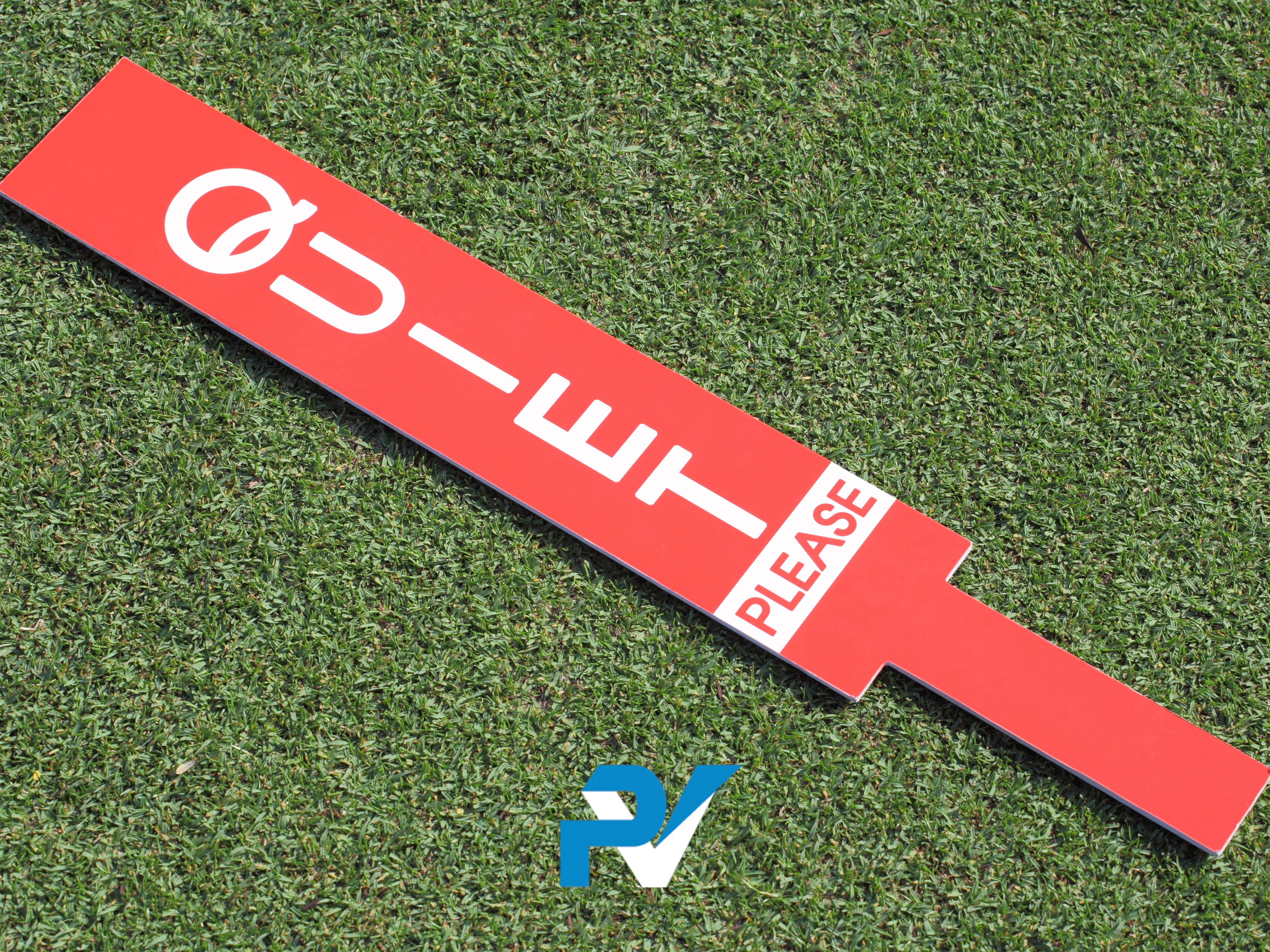Iain Brunnschweiler on the Power of Saying Nothing
 This is a guest article from England Performance Programme Coach and Head of Inspired Cricket, Iain Brunnschweiler. For more coaching tips, drills and ideas from Brunchy, click here.
This is a guest article from England Performance Programme Coach and Head of Inspired Cricket, Iain Brunnschweiler. For more coaching tips, drills and ideas from Brunchy, click here.
Let me set you a challenge: At your next coaching session, see how long you can go through it without giving any advice.
There is a lot of power in saying nothing.
When you say nothing, you are giving a chance for a player to work out the answer for themselves. Let's face it, they are in a way better position to understand their own body than you. They are inside it!
The trick to making it work is to make it clear what success looks like by agreeing it upfront with the player. Then you don't need to say anything, because the outcome provides the feedback. Let me give you an example:
Let's say you are helping a club player with her drives in nets by giving throw downs. Instead of giving lots of feedback, you say "In this drill, you have to hit the ball into the off side net on the floor". Then you throw her some half volley length balls.
If she nails it, you say nothing except "good" and ask if the outcome was successful. If she agrees, you can progress the drill with more difficult feeds, such as different lengths, lines and speeds.
If she doesn't get it, you could again start by asking if it was successful. If she thinks it wasn't, you can follow up by asking if she thinks she can adjust, then trying again. If that doesn't work, you can regress the drill to something easier until it lock into place.
All the while, never offering a piece of advice.
Match success to ability
You might have noticed that I talked about adjusting the difficulty of the challenge. That's a crucial element because if you make the challenge too easy, the player will not learn. If you make it too hard the player will not be able to find a way through on their own.
So, a an eight year old beginner might see this drill as a success if she makes contact with an underarm feed. Nothing more.
A 13 year old lad who has played a bit can have the same drill where success means hitting overarm throws along the ground.
An experienced adult player can face a bowling machine, bowler or sidearm with various lines and lengths but the successful outcome is hitting the ball into different areas along the ground.
And at each point along the way, you can easily run a session without offering a word of advice.
It's a challenge for a coach because you want to help people get better as fast as possible, and you have all this knowledge to impart. Yet, if you can know when to keep your advice to yourself you will see how players can be their own best coach.
For more coaching tips, drills and ideas from Brunchy, click here.
- Login to post comments

